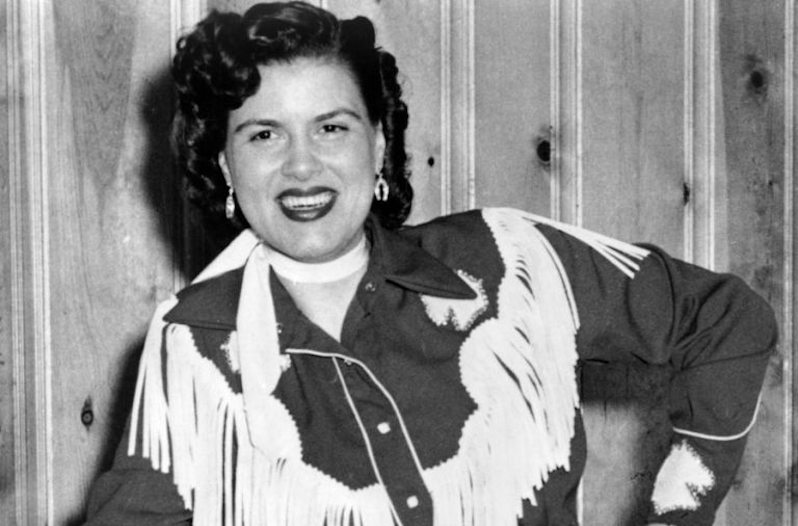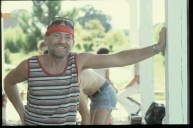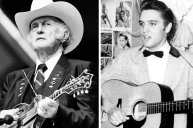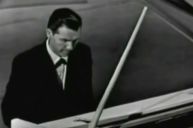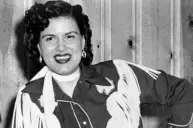Viewers of Ken Burns' Country Music hoping to lean more about the music business as we know it today were in luck last night, as episode four ("I Can't Stop Loving You: 1953-1963") fully shifted from stories about the genre's roots to a modern narrative that rarely leaves Tennessee.
It was a solid episode for more than just baby boomers itching to hear about Elvis Presley, Patsy Cline and other childhood favorites. It adds new perspectives about those stars as told by their sometimes overlooked peers, such as series highlight Brenda Lee.
Read on for five standout facts from the final two hours of this week's four-episode run. Episodes five through eight air next Sunday through Wednesday (Sept. 22-25) on PBS.
Jo-Walker Meador Spearheaded the Creation of the Country Music Hall of Fame
It'd be easy to nitpick the omission of some women from the series' narrative to this point: namely Hank Williams' peer Molly O' Day. Yet when Burns' crew focuses on the women in front of the microphone or behind the scenes, they do a fine job proving that country music was never meant to be a good ol' boys club. For instance, episode four introduced a broader audience to Jo-Walker Meador, the Country Music Association (CMA) executive director from 1962 to 1991. In that role, her fundraising efforts helped make the Country Music Hall of Fame and Museum a reality.
Marty Stuart is Named After Marty Robbins
https://www.youtube.com/watch?v=Nj22AR6HFCw
It's easy for even the most die-hard fans of the classics to cross up the names of Marty Stuart, an artist who's lived country music history since he was a pre-teen, and Marty Robbins, a teller of epic tales and a driving force in introducing a lot of outside influences to mainstream country music. As it turns out, Stuart's mama probably takes that common gaffe as a complement.
"Crazy" Became the Number One Jukebox Song of All Time
Depending on the source, Patsy Cline's definitive recording of the Willie Nelson-penned hit "Crazy" ranks either first or right behind Elvis Presley's "Hound Dog" when it comes to the all-time most played jukebox selections. The Patsy Cline Museum in Nashville makes a big deal out of this statistic, as it should, but this fast fact might've come as a surprise to folks used to hearing Skynyrd, Bob Seger and other classic rock acts blaring from their local diner's vintage jukebox.
Owen and Harold Bradley Pretty Much Made Music Row What It Is Today
A lot of takeaways from this series place names and stories that're unavoidable when hitting up both historic and touristy sites around Nashville in a new context. In the case of musicians and movers-and-shakers Owen and Harold Bradley, even those of us who instantly think "Quonset Hut" or "Nashville Sound" when spotting their surname came away from last night's episode with a broader appreciation for what the family truly means to country music.
A Huge Royalty Check Turned Bill Monroe Into an Elvis Fan
Elvis Presley famously sped up Bill Monroe's "Blue Moon of Kentucky" and made it the flip slide of debut 1954 single "That's All Right." Monroe was particular about how others performed his music so, needless to say, this proto-rock rendition was a hard sell at first. Yet when Monroe received his first royalty check from Presley's version, that hip-shaking youngster in Memphis' music didn't seem so awful.
Now Watch: Going to Concerts Regularly Makes You Happier, Study Says
